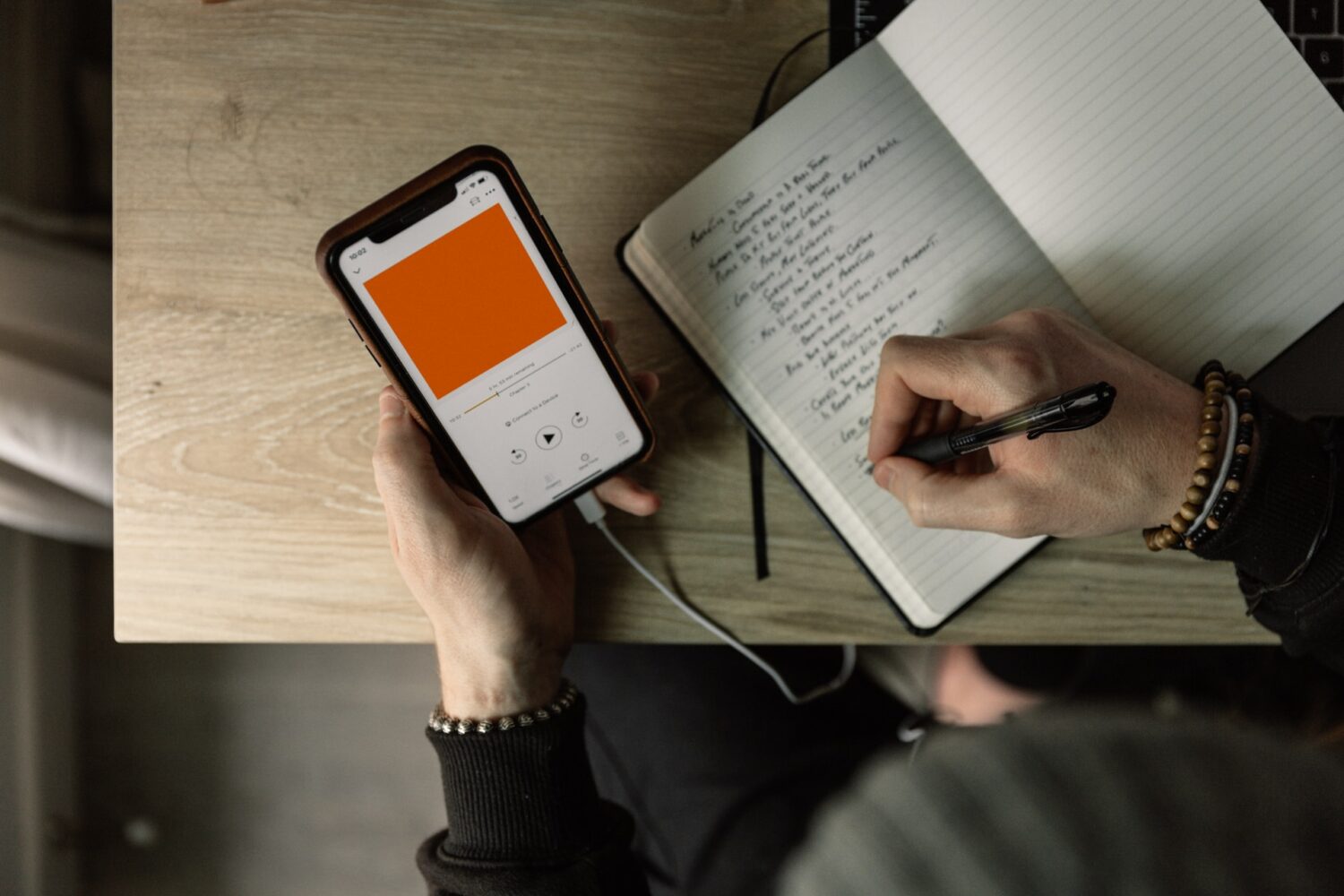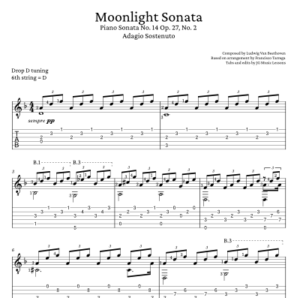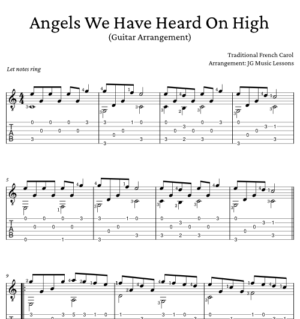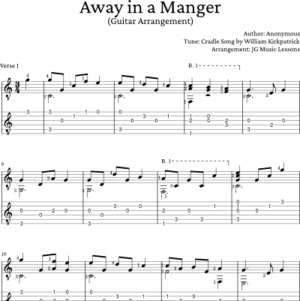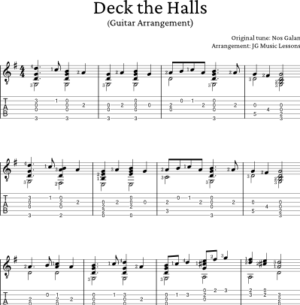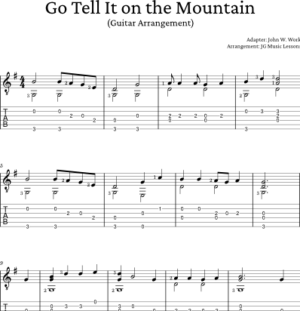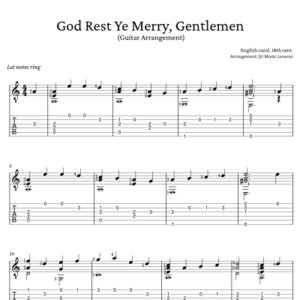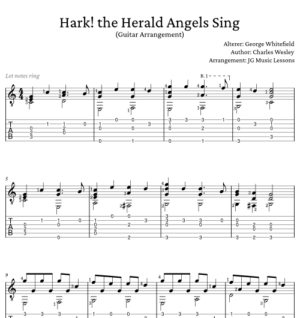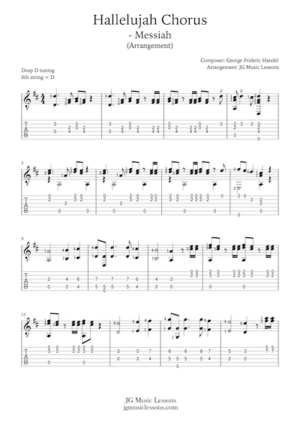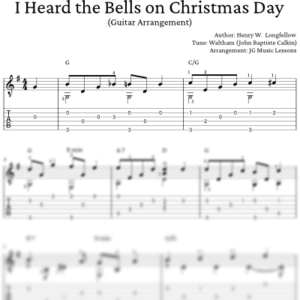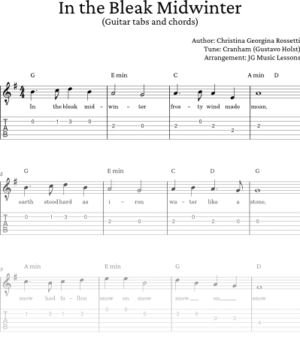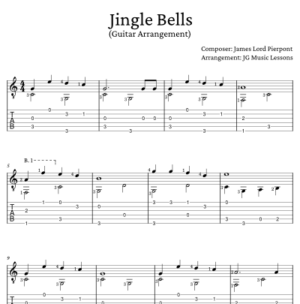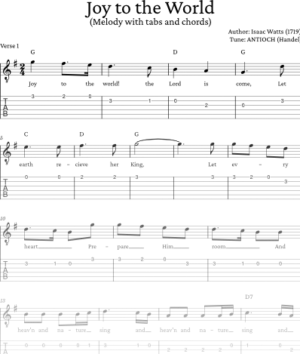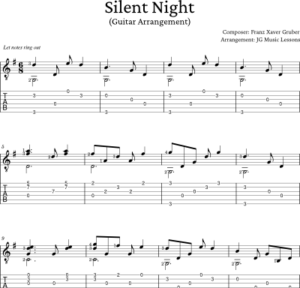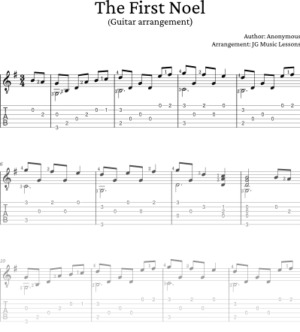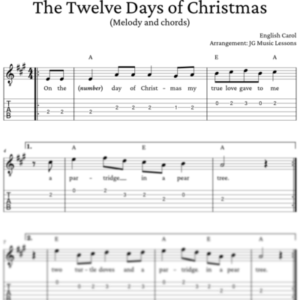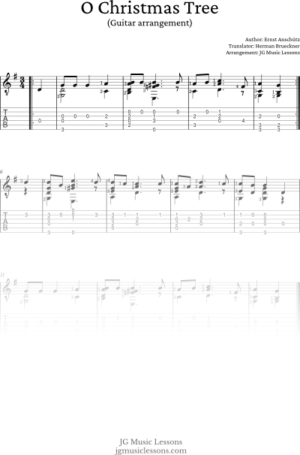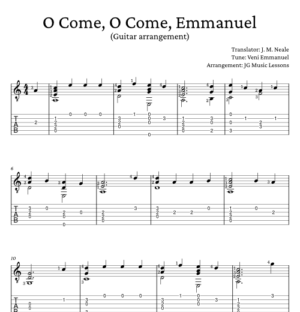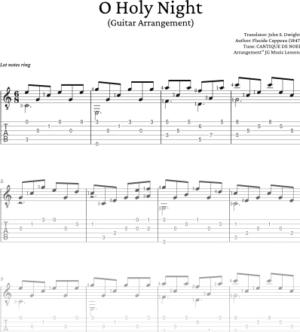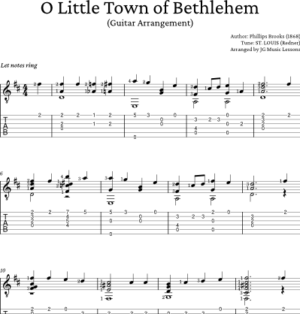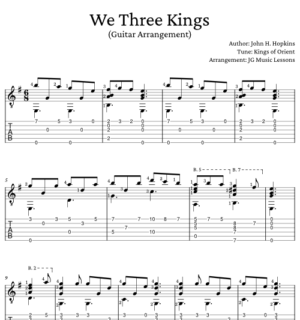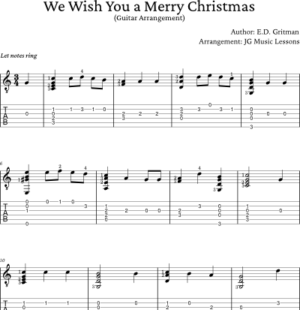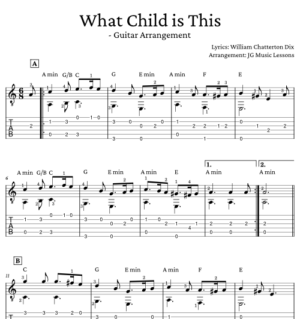In the process of learning to play your instrument, do you often experience frustration learning scales, chords, or reading sheet music but feel like you’re not progressing as much as you expected? Coming from my experience, I’d like to give you some thoughts on how this one thing can change the way you approach learning your instrument.
One simple but powerful thing we can practice as musicians is learning to listen. A lot of the time we focus so much energy on learning the technical aspect of our instrument that we can forget to create music with the tools we’re learning.
As simple as this may sound, learning to listen will go a long way in our growth as musicians so that we can learn to apply all the different concepts together into a piece of music.
In this post, we cover the benefits of listening to improve on your instrument, the difference between active and passive listening, how get the most out of this practice, and different ways to incorporate into your practice routine.
1. Experience music vs knowing theory
Learning music theory is an important aspect to improving on your instrument. However, it’s only one side of the equation and it doesn’t necessarily mean that you can apply it to your instrument yet. As you learn to listen and experience music, you can also learn to express yourself musically and what things should sound like.
Some people who tend to be analytical will naturally gravitate towards the nuts and bolts of how music works while others will purposely avoid it and only want to learn and play ‘by ear’ or ‘by feel’. Our goal is to marry these two extremes which can come from absorbing music through listening intently.
This concept also applies to when it comes time to actually play your instrument. For example, there is a difference between me telling you that a certain set of notes all fit into one scale and another for you to actually play them yourself so you can experience what that feels like to you.
Although learning the theory behind what works musically is important, you really know the material when you can apply it in a real music setting.
Listening to music helps you experience music instead of just overly focusing on technique. Again, I am not by any means disregarding the importance of learning theory or technique but they are not a means to an end when learning to play an instrument.
2. Active vs passive listening
Actively listening means you are intentionally listening to music and getting rid of all other distractions or things going on at the moment.
You can focus on different things like the instrumentation, chord progressions used, comparing the different sections, listening to how the artist is delivering the emotion of the song, etc… You might even want to write things down as you listen if you want to.
You could have music playing in the background all day but I would consider it as passive listening, meaning you’re not fully engaged with the music. I suppose you can also subconsciously learn things this way but you don’t absorb the information the same as when you actively listen.
After making it an intentional habit to listen, you will notice that you’ll be able to play certain things on your instrument that you’ve never played before. This is because you’ve absorbed a certain sound or melody in your ears and are now being able to translate that to your instrument.
3. Soak in what inspires you
Whether you can be active or passive about listening to music depending on the time you have, find a way to be able to hear the music that inspires you and makes you excited to learn and grow on your instrument.
Your ears and your mind are like a sponge, so let it soak up all the good music whether you’re fully paying attention or not. It can be the difference between just knowing things on your instrument to knowing how to deliver, create and also appreciate music.
It might be helpful to make some playlists that you can go back to and save some of your favorite songs when you get a chance.
Practical listening application examples
Being able to apply this practice of listening may look very different for any given person but here are a few practical application examples and goals you can try:
- Listen to a song a day straight through.
- Listen to an album a week.
- Create a playlist to listen to on your way to work/school.
- Schedule some time throughout your week to dedicate to listening.
- Start or end your practice routine with a listening portion.
Think about ways that you that you can optimizing your listening time throughout your day. Maybe it’s having certain playlists ready in your car, phone, or at home when you have some free time.
Whether you’re using sites like Spotify, Pandora, Apple Music, or YouTube, try to start saving your favorite songs in a playlist so that you can always come back to them when you have some time to listen.
Listening more can inspire you to pick up your instrument more often and make you want to learn to play certain songs. You can take this practice to next level if you start writing down what you’re hearing, also called transcribing.
Wrapping up
Listening is a powerful tool to help you break out of the routine from just working on scales, chords, reading music, or other technical aspects of playing.
In short, intentionally soaking in the music that inspires you will help you to express your musical own ideas more naturally and develop ear training as a musician.
You may also want to check out how to learn to play music by ear or what to practice on guitar.
📘 Get the free guitar practice guide here!
All the best on your musical journey,
JG Music Lessons
Original photo by Dillon Shook on Unsplash
Start Playing Better, Faster
with Pro Membership! ✨
Get the guidance, tools, and support that keep your progress on track:
🏁 Always know what to practice next. Access the full Guitar Learning Roadmap with lessons in sequence.
🎼 Play songs with confidence. Step-by-step lessons of popular, classical pieces and other styles.
📙 Save time and frustration. Clear PDFs and ebooks that save time so you can focus on playing.
🎟️ Get rewarded for consistency. 2 free downloads every month (a $240+ yearly value).
🎁 Keep costs low while you grow. 50% off all charts, tracks, and posters — up to 75% off bundles.
🚫 Stay focused. Ad-free environment keeps you in the zone.
💬 Get help when you need it. Direct member support to keep you on track.

